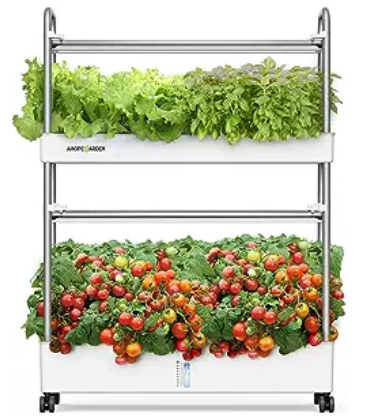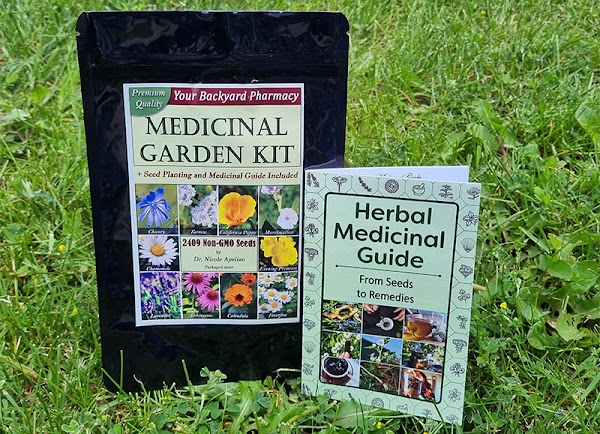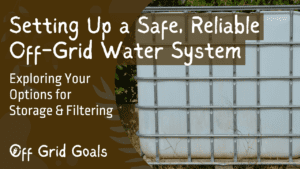If you’re looking for a great indoor gardening option… you’ll love hydroponics! I began hydroponic gardening several years ago with a small Aerogarden style system and worked my way up to a bigger one.
Step 1: Get Your Gear
First things first, you’ll need to gather your supplies. Luckily, getting started with hydroponic gardening doesn’t require a PhD in botany.
I choose hydroponics because I’m not really a “green thumb” kind of person — I once killed a cactus (not on purpose!).
All you’ll need are some basic materials like a reservoir (to hold your nutrient solution), a pump (to keep things flowing), and some growing containers (to house your plants). Plus your seeds of course.
Step 2: Choose Your System
Next up, it’s time to choose your hydroponic system. There are plenty of options to choose from, whether you prefer the simplicity of a passive system or the high-tech wizardry of an aeroponic setup. Do some research to find the system that best fits your space, budget, and gardening goals.
Shortcut! You can skip step 1 (gathering the pieces to build your system) and step 2 (researching system types) but choosing one of the all-in-one style setups in the photos and links above!
Step 3: Mix Up Your Nutrients
Next, you’ll mix up your nutrient solution. Think of it as a tasty cocktail for your plants, packed with all the essential vitamins and minerals they need to thrive. Just follow the instructions on the bottle, and you’ll be a hydroponic mixologist in no time.
Seriously, it’s easy. Most hydroponic nutrients are just a part A and part B that you mix then feed. Here’s one I’ve used that works well:
Step 4: Plant Your Seeds
Plant your seeds! Follow the specifics for your hydroponic setup. Generally, you’ll plant 2-4 seeds in each small pod, then cover with a pod dome.
You can get your pods, domes, and more in kits like this:
Step 5: Monitor and Adjust
Hydroponic gardening is all about finding that sweet spot of nutrient balance, so be sure to monitor your plants regularly and make any necessary adjustments to your nutrient solution.
Keep an eye out for signs of nutrient deficiencies or pH imbalances, and don’t be afraid to experiment until you find what works best for your plants.
The first few plantings I didn’t run into any issues and didn’t get fancy with testing. I just stuck with lettuce and it grew beautifully! Once I began to mix what I was growing and try different plants I found I did need to begin monitoring.
Then… Harvest Time!
When your veggies are ripe and ready to go, simply pluck them from the vine or clip them and enjoy the fruits (or veggies) of your labor. From crisp, juicy lettuce to sweet, succulent tomatoes, there’s nothing quite like the taste of homegrown produce straight from your hydroponic garden.
Whether you’re a seasoned gardener looking to shake things up or a newbie with a green (or less than green) thumb, hydroponic gardening is a fun and rewarding way to grow your own organic veggies all year round. So what are you waiting for? Get growing!



























